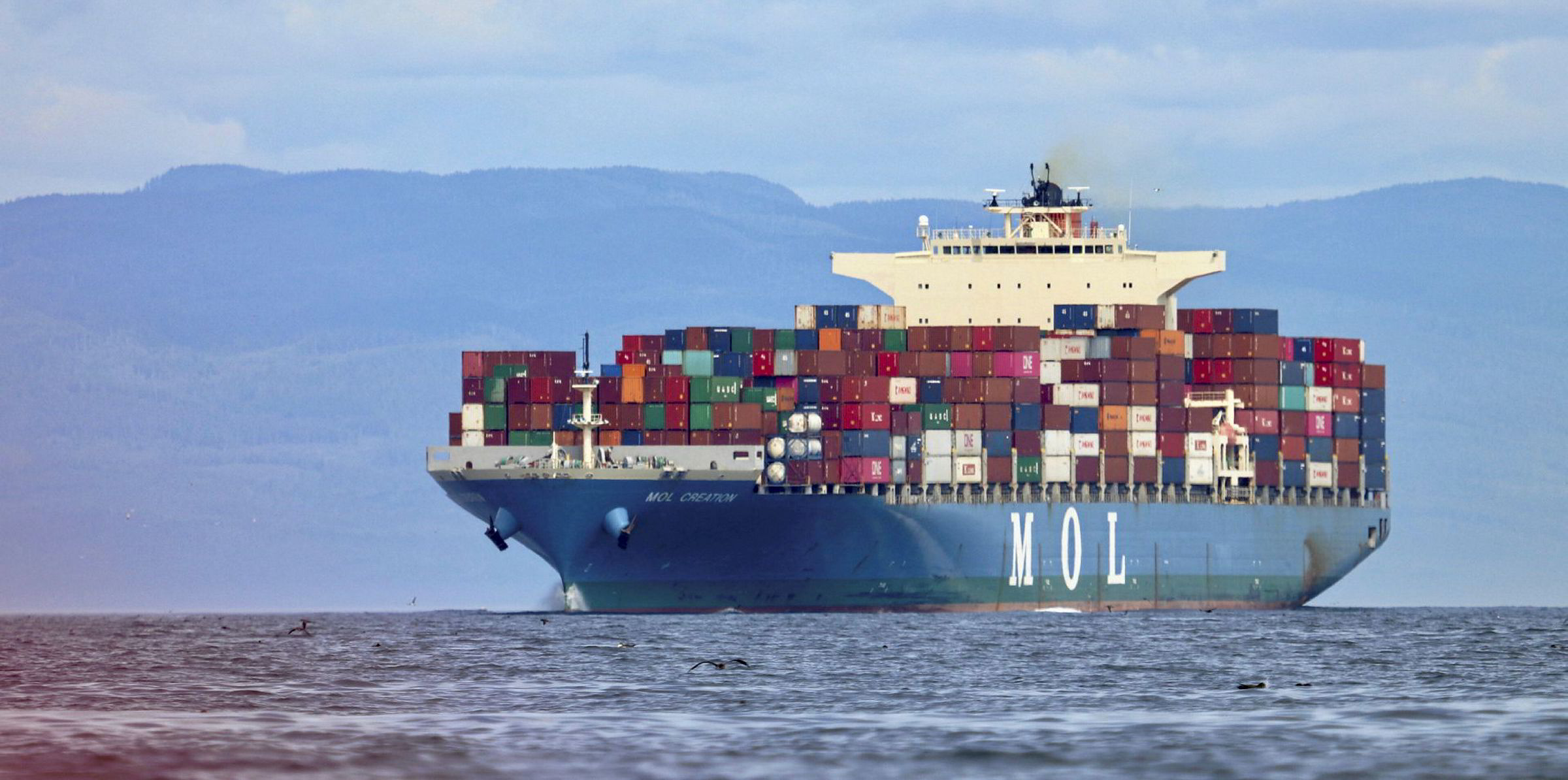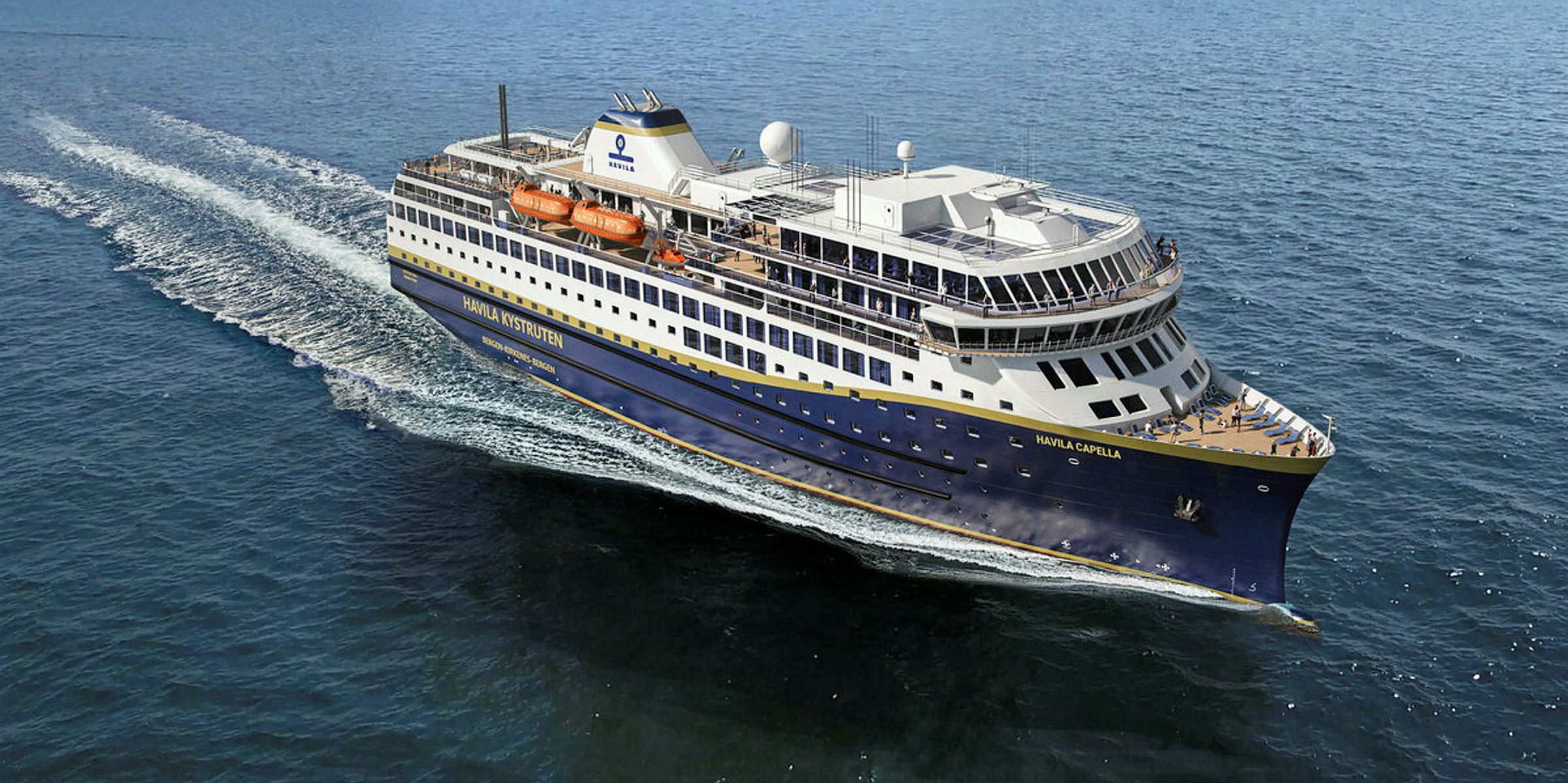Liquid hydrogen could power nearly all container vessels crossing the Pacific ocean — one of the busiest shipping lanes in the world — according to a new study by the International Council on Clean Transportation (ICCT).
The international shipping industry currently uses heavy fuel oil derived from crude, and is a major source of CO2 emissions.
The ICCT study found that 99% of the transpacific voyages made in 2015 could have been powered by hydrogen and fuel cells, with more than half of those requiring either minor changes to fuel capacity — by replacing 5% of cargo space with extra storage for the clean fuel, or by adding an additional port of call to refuel. About 43% of the voyages could have taken place without any such changes.
In 2018, the International Maritime Organization agreed that emissions from shipping should peak as soon as possible and fall by at least 50% by 2050 compared with 2008 levels.
“Achieving even the minimum ambition of the International Maritime Organization’s initial greenhouse gas strategy will require new technologies and fuels to power ships, and these results show that the bunkering [ie, fuel storage] needs of some of the largest ships in the world can be met with hydrogen with only minor changes to operations,” the ICCT said.
“Other potential alternative fuels, including ammonia and methanol, carry more energy per unit volume than hydrogen and thus are promising areas for future research.”
The organisation also points out that moving shipping to hydrogen would require focused R&D, massive fuelling infrastructure changes and governmental policy interventions.
“Other factors, including cost-effectiveness, will play a role in whether new fuels can be successfully used in shipping,” the ICCT added.
Hydrogen has never been used to fuel a large container ship, but the world’s first liquefied H2 carrier vessel was launched in Japan in December.
To be considered a clean fuel, the hydrogen must be produced via electrolysis (splitting water molecules into hydrogen and oxygen with an electric current) using renewable energy — creating so-called “green hydrogen”; or via fossil fuels with the CO2 captured and stored — known as “blue hydrogen” — although current commercialised processes are said to be unable to capture more than 95% of the emitted carbon.



